Friday Q & A
This is the third installment of my Friday Q & A, also known as “Questions from Lori & Answers from Linda.”
Myself, Lori, and Amy
If you recall, my sweet and dearly missed friend, Lori, asked me four detailed questions when I first challenged all of you to pose them to me. Lori stepped up to the plate and I’ve already answered the first and then the second. This is the hardest of the four, but I don’t want to shrink from the task at hand any longer.
Lori and her adorable husband, Jonathan, have been doing business and living in Tokyo, Japan since September 2012. Lori is a fabulous cook and had the most gorgeous, huge, well-equipped, workable, and enviable kitchen imaginable when they lived here in Scottsdale.
This is Lori’s Tokyo kitchen! Can you imagine? When I wrote about how much of a closet Marissa’s San Francisco kitchen was, Lori wrote to say that she envied it, now you can see why! Here is what Lori emailed me at the time:
“I have attached pictures of our charming little Tokyo kitchenette. And when I say “charming” – I use that term in the loosest of senses . . . the charm quickly wore off … and we are left bumping into each other, cursing at each other and are at our wits end to figure out what to cook on our 2 miniscule burner cook top.
No oven (regular, toaster or otherwise) but a decent microwave, but little else to work with in terms of pots, pans or cooking implements. And clean-up! Did you see the size of that dishwasher? Although I have to say it is very à propos given the fact that we have exactly 4 plates, 4 salads, 4 glasses and cereal bowls.
So, with information and visuals in hand- what the heck would you cook here? Oh-and of course I forgot to mention, there is no access to “normal” foods, spices, condiments, etc. So, Miss Linda – if you were in my slippers and kimono what would you do?”
The exact question Lori put forth on that Friday, three weeks ago, was this:
Is there a way or rule of thumb to adapt any recipes for the oven to a microwave? I literally never used the microwave except for re-heating in the US, and sadly that is all I have to use here in Japan (along with my tiny stove-top).
My problem is that I too, only use the microwave to thaw, melt and reheat food. I do not use it to cook. So onto the cooking, I tested the theories on a few small items, a chicken breast, a rice casserole, and a piece of salmon. I found all the hints and tricks below to be spot on. Lori, I hope this helps. Please keep me (us) posted on any successes and on the failures too! You have a knack for writing amazingly hilarious “fail” stories!
Here are my Dozen best tips for Microwave Cookery
1. Reduce the liquid amounts in the recipe from one-fourth to one-half. Since less moisture evaporates than in a conventional oven, this is an important step to take.
2. Also reduce the amount of fat used in such dishes as casseroles. Too much fat slows microwave cooking.
3. As for the time adjustments; microwave cooking is done one-fourth to one-third quicker than in a conventional oven. Always start with a shorter time when testing for doneness. For instance, if a conventional recipe calls for an hour of cooking, roasting, or baking – cook for 15 minutes, let rest for a couple of minutes, then test, and if it is not done to your liking, cook for a few minutes longer.
4. If there are several components to a dish, such as a casserole with rice or noodles – cook the rice, which takes longer to cook, first before placing it in with the remaining ingredients of a dish. Or better yet, cook the rice on your tiny stove-top and then add at the very end of the microwave cooking time.
5. Add seasonings, especially salt, after cooking and not before. After cooking in the microwave, they tend to taste stronger than usual.
6. Change the stirring times. For a dish that requires stirring constantly on a conventional stove, stirring every 1 to 2 minutes in the microwave.
7. Casseroles and stews should be stirred occasionally to prevent them from overcooking on the outside and large items such as roast meat should be turned occasionally to expose all surfaces.
8. Tender meats such as steaks and poultry should be cooked on high, while less tender meats, which require longer cooking times, should be cooked on medium.
9. Add covers or lids where they would be used in a conventional recipe. If you don’t have a microwave-proof lid, use wax paper to cover. Wax paper will prevent the food from steaming and is, therefore, better than a lid.
10. Use deeper dishes than conventional cooking for more liquid-based recipes like soups, cakes, and sauces because these items increase in volume temporarily when microwave cooking.
11. The best tip I could give is to buy a microwave cookbook and use it as a guide for technique, cooking power level, and timing while adjusting a recipe meant for a conventional oven. For instance, if there is a recipe for a chicken breast in the microwave cookbook and you have a conventional recipe for chicken breast that you would like to make. Use the amount of liquid stated in the microwave recipe as a guide to adjust the amount of liquid in the standard recipe you have.
12. If all attempts to alter recipes fails – Here is a LINK to thousands of microwave recipes on Cooks.com.


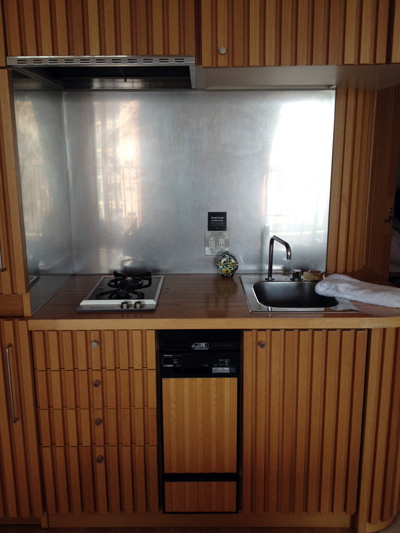
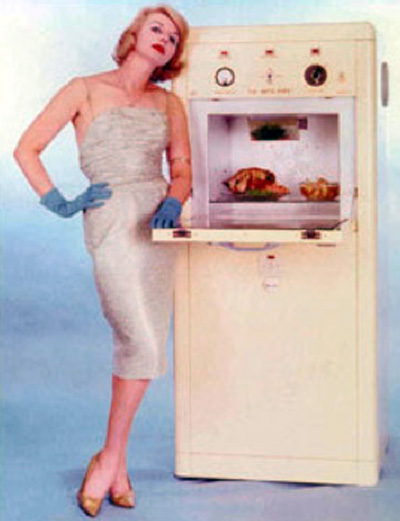
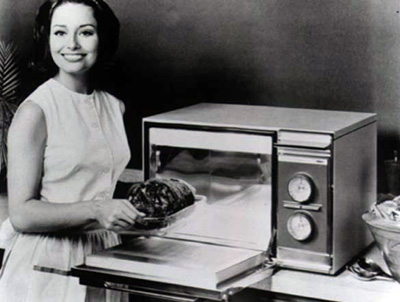
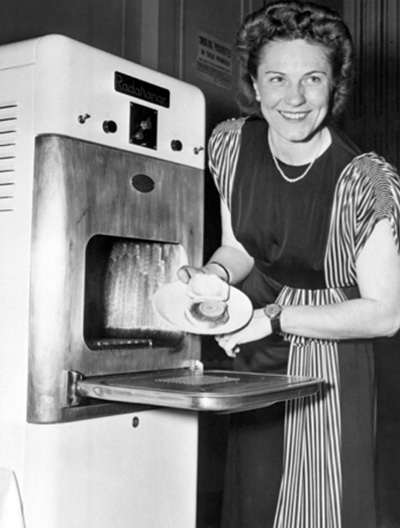
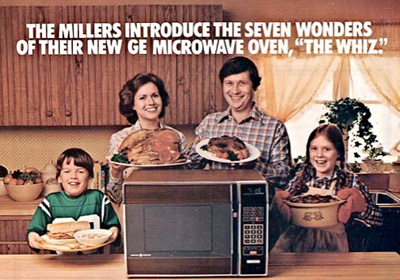




0 comments
Kick things off by filling out the form below.
Leave a Comment